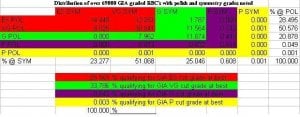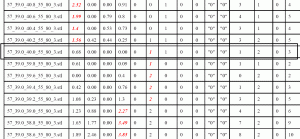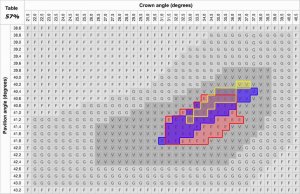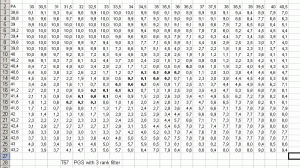strmrdr
Super_Ideal_Rock
- Joined
- Nov 1, 2003
- Messages
- 23,295
The GG is the MSCE of the diamond world.
You have the background for learning and maybe the tools but the education has just begun.
And sadly a high percentage have the attitude that they know everything too so they dont learn much.
padparashah, would you give a person who just got their GG yesterday with no experience 1 million dollars and tell them to go buy diamonds for you in say Israel (as an example)?
You have the background for learning and maybe the tools but the education has just begun.
And sadly a high percentage have the attitude that they know everything too so they dont learn much.
padparashah, would you give a person who just got their GG yesterday with no experience 1 million dollars and tell them to go buy diamonds for you in say Israel (as an example)?









300x240.png)